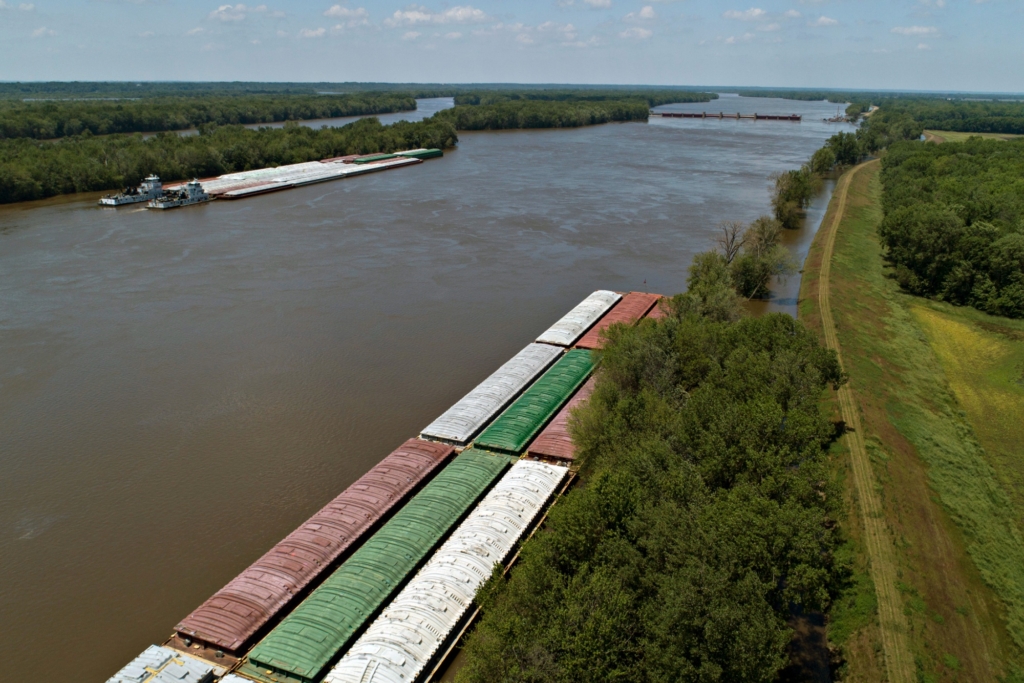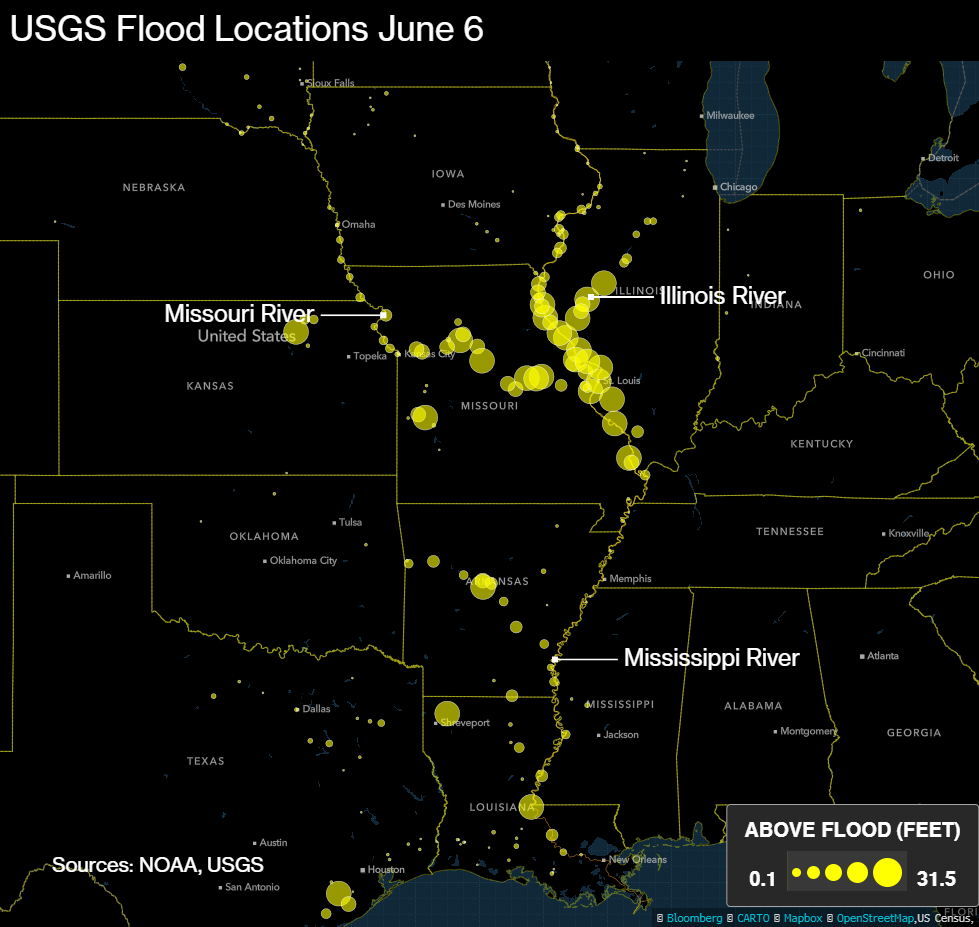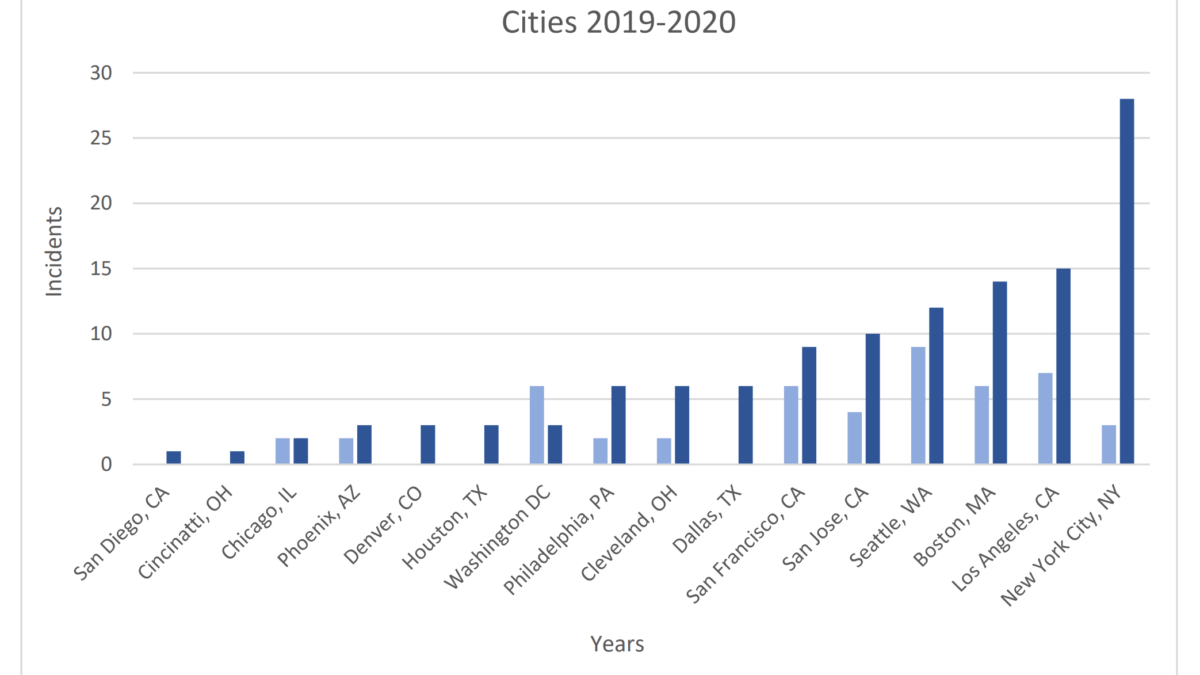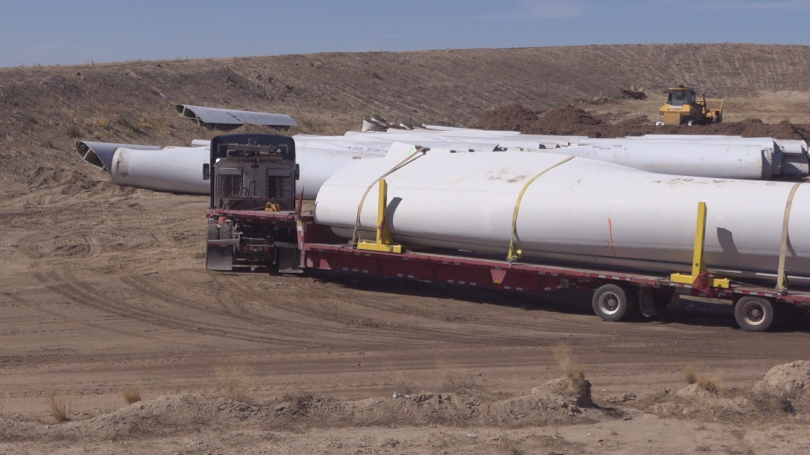Hundreds of barges stalled as record floods hinder Midwest supplies – “Very long duration flooding on the Mississippi River can really start to wear on people”
By Brian K Sullivan , Shruti Singh, and Mario Parker
8 June 2019
(Bloomberg) – Hundreds of barges are stalled on the Mississippi River, clogging the main circulatory system for a farm-belt economy battered by a relentless, record-setting string of snow, rainstorms and flooding.
Railways and highways have been closed as well, keeping needed supplies from farmers and others, and limiting the crops sent to market. For Chris Boerm, who manages transportation for Archer-Daniels-Midland Co., one of the nation’s largest agricultural commodities dealers, the weather is an unyielding, ever-changing challenge.
He and his co-workers spend time carefully planning out the quickest way to get supplies to the people that need them, he said. But it’s tough staying ahead of the drenching rain.
“It’s sort of like Mike Tyson’s quote, everybody’s got a plan until you get punched in the face, right?” Boerm said by telephone. “Every day we come in and we’ve got a plan. But then it rains three inches somewhere overnight where it wasn’t expected, and the plan changes.” […]
At just two locks along the upper Mississippi, almost 300 barges are being held in place as a result of high water and fast currents, according to Waterways Council Inc., which tracks barge movements. And hundreds more are waiting in St. Louis, Cairo, Illinois and Memphis, Tennessee, said Deb Calhoun, the council’s senior vice president.
“It’s a big bottleneck,” Calhoun said.

The contiguous U.S. had its wettest January to May on records dating back to 1895, according to the U.S. National Centers for Environmental Information in Asheville, North Carolina. Nebraska, Kansas and Missouri had their rainiest May on record, the center’s data shows, while Arkansas, Oklahoma, South Dakota, Wisconsin and Illinois were all in the top 10.
As of Monday, 203 points along U.S. rivers were at flood stage, the majority of those on the Mississippi, Arkansas, and Missouri Rivers and their tributaries, according to the National Weather Service. The Mississippi at Baton Rouge is forecast to rise about another foot this week, within less than two feet of its record crest in 1927. […]
“We dealt with a wet fall, and then record snowfall in many places,” said Tim Eagleton, senior engineering specialist for FM Global, an industrial insurer. “Of course, all that melts and comes down the Mississippi. Not only that, but we have had 200%-plus rainfall over a large part of that basin for months, and then a record-wet May in a lot of places.’
The bottom line, according to Eagleton: “Very long duration flooding on the Mississippi River that can really start to wear on people.’’ Almost 200 miles of the Mississippi has been shut down, he said. […]
“In ’93, the flood was really kind of concentrated in Iowa and the Upper Midwest,” Boerm said. “This has been much more expansive, getting all the inland rivers,” affecting the entire Mississippi, the Arkansas River, the Illinois River and the Ohio River. [more]
Hundreds of Barges Stalled as Floods Hinder Midwest Supplies



